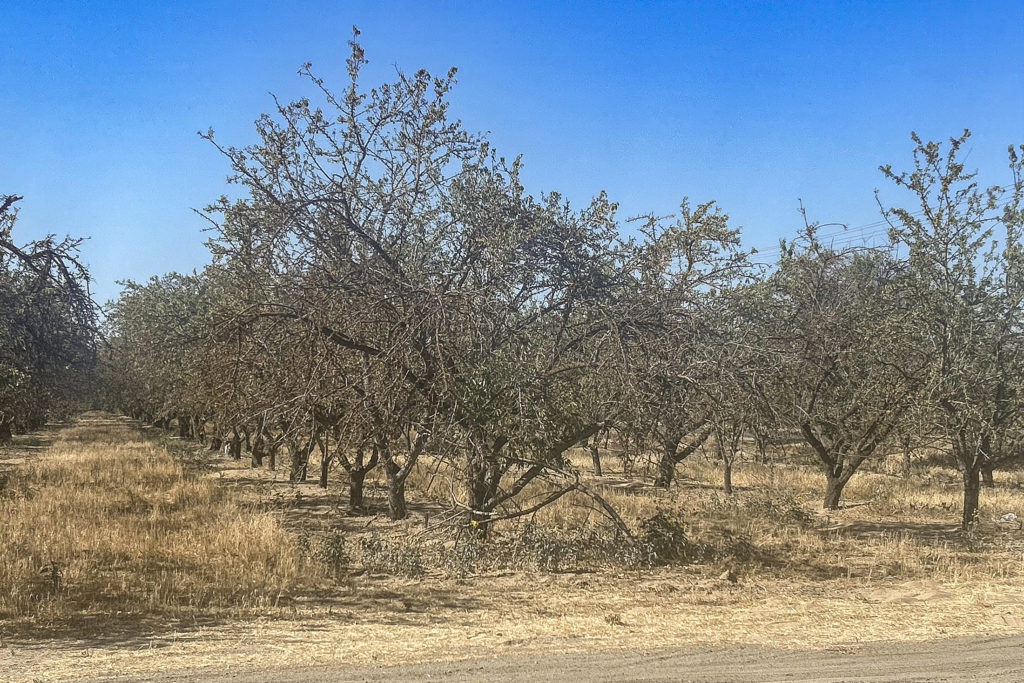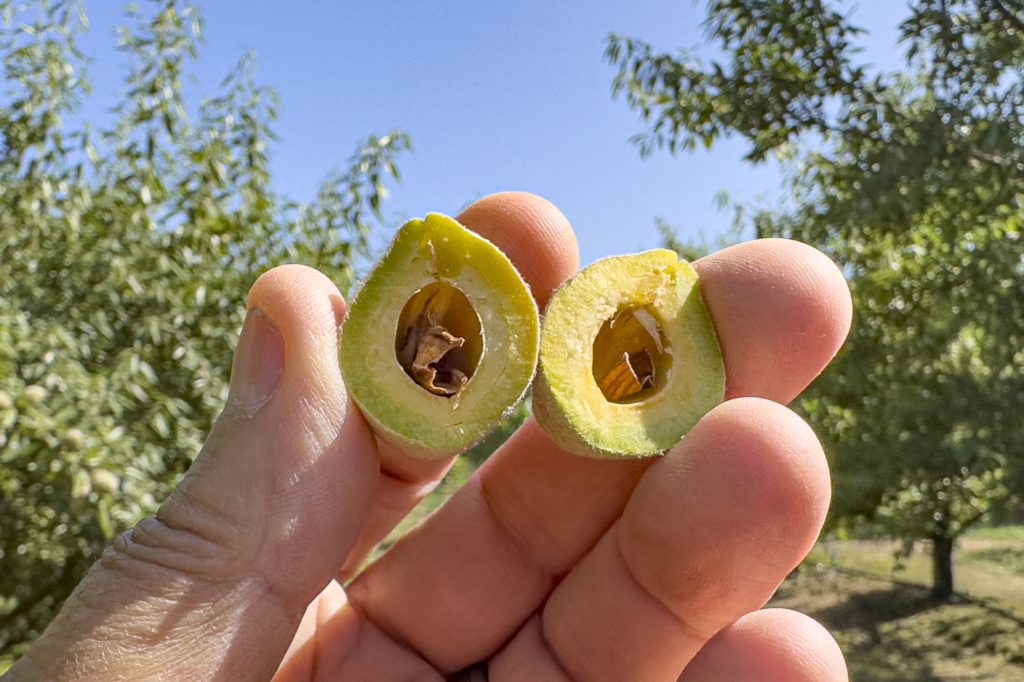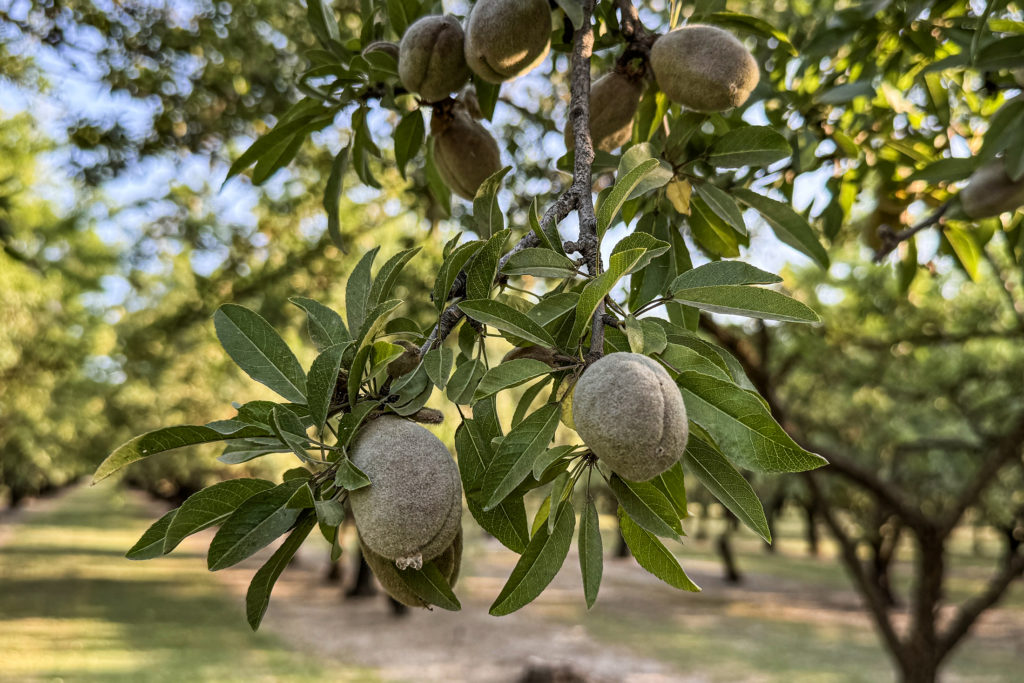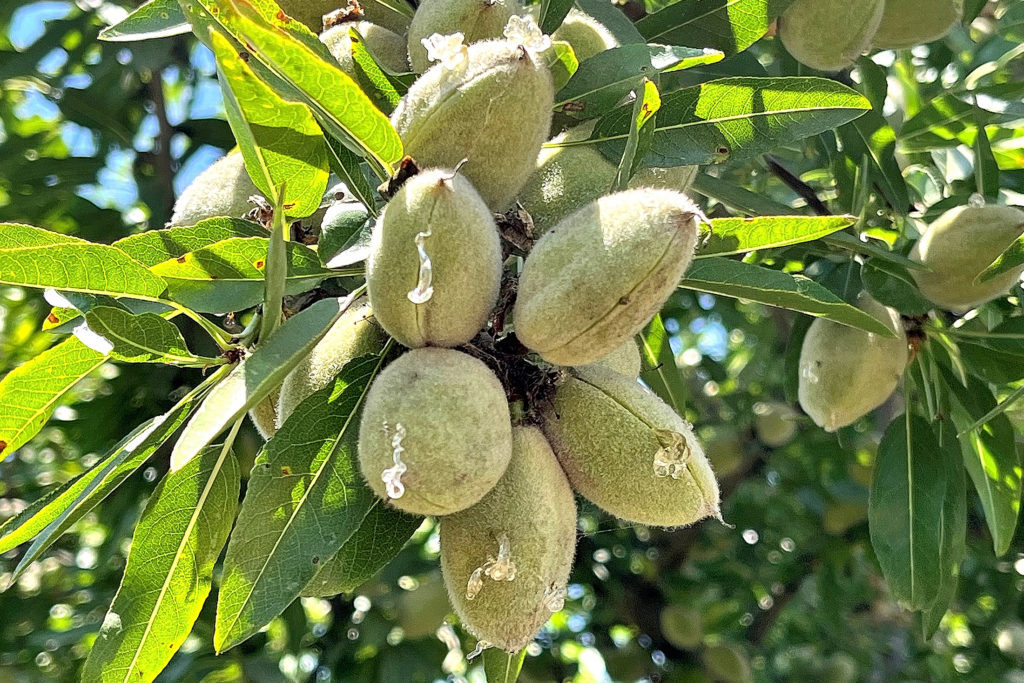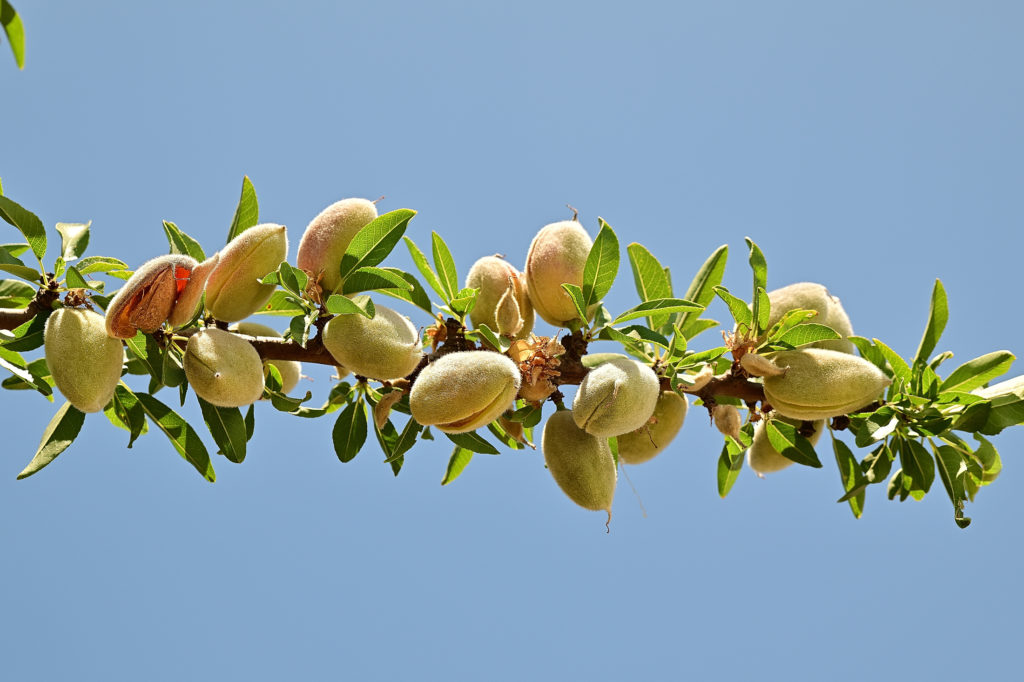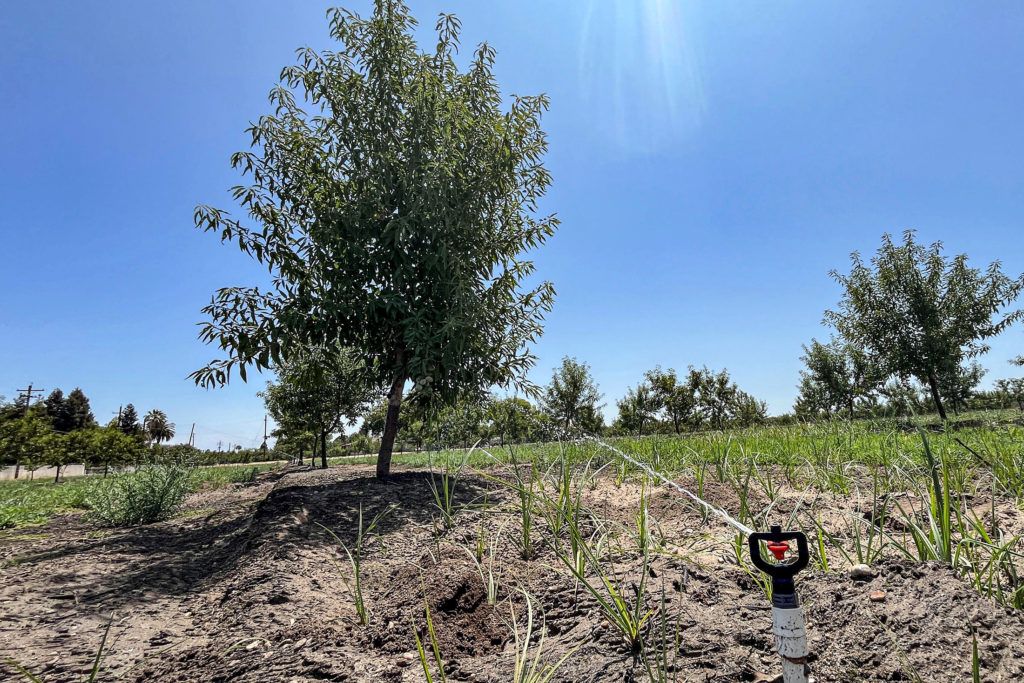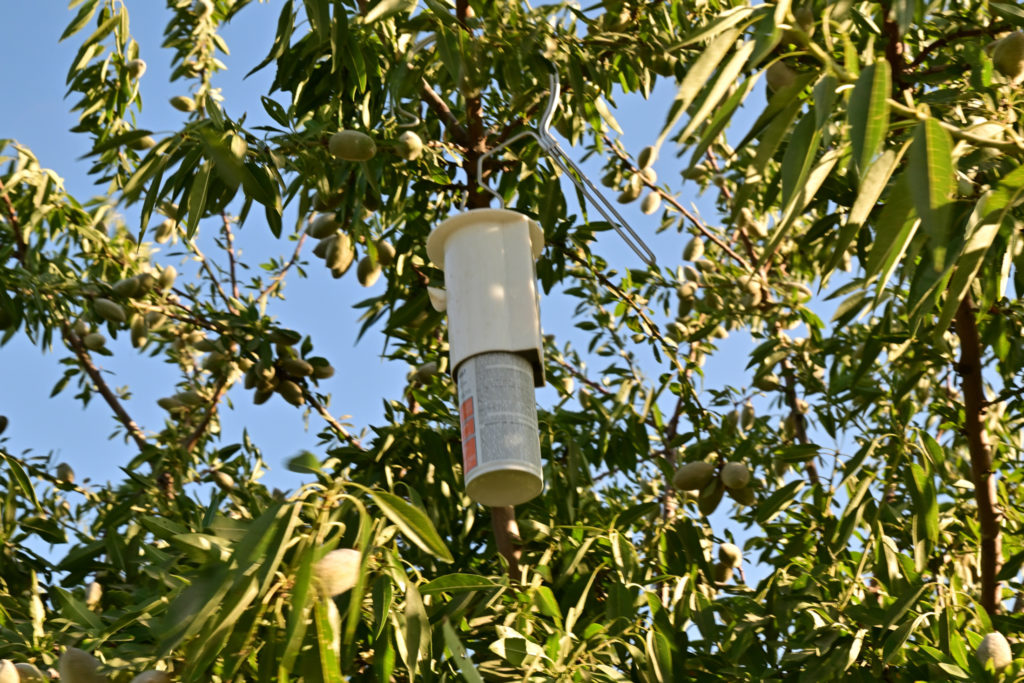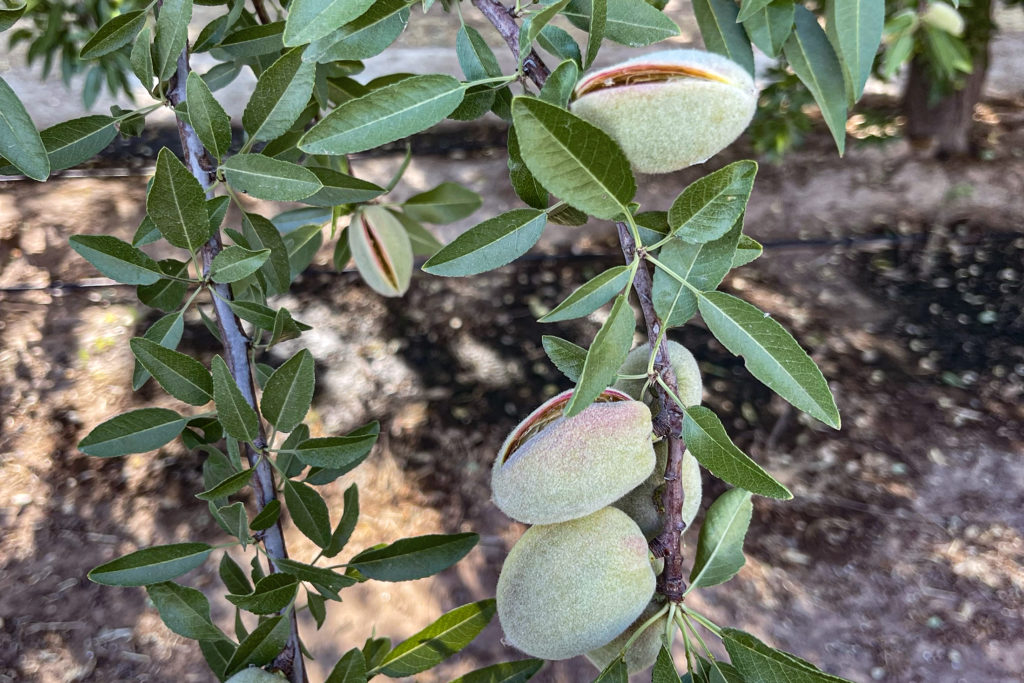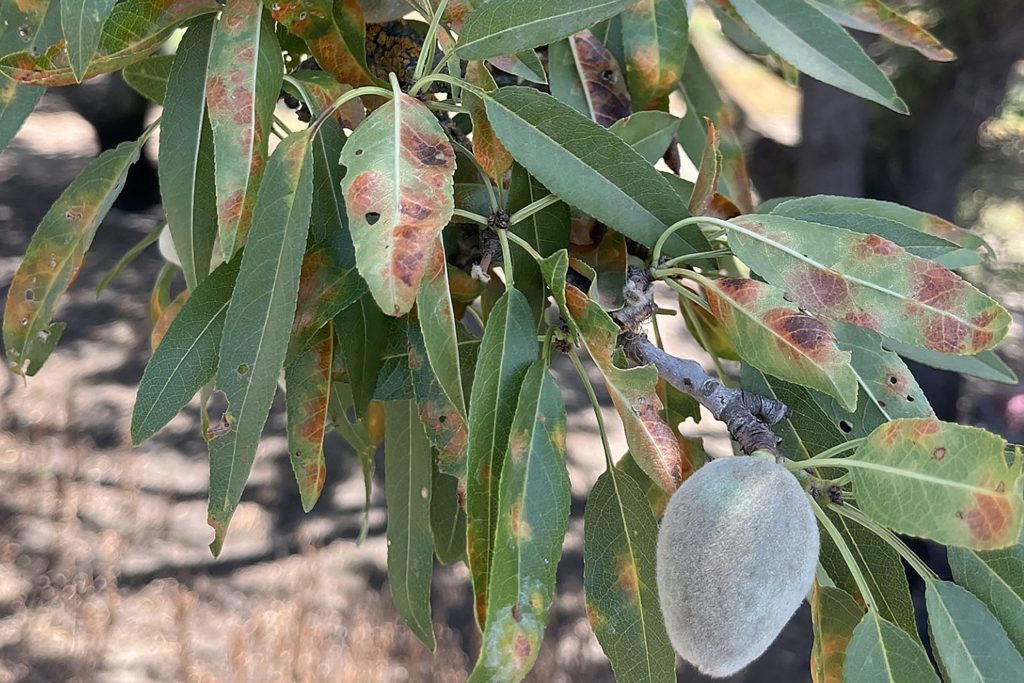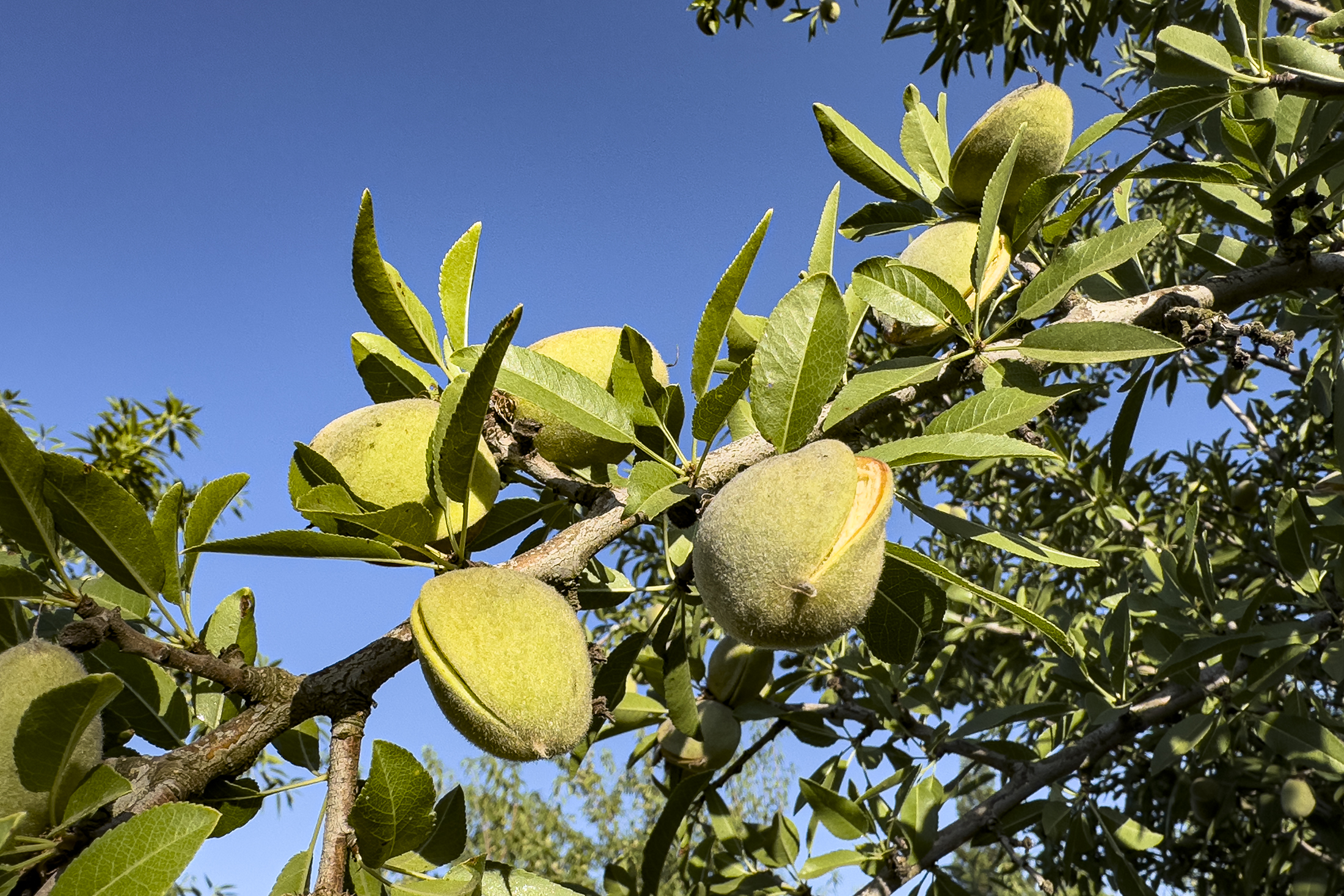
This report covers the conditions and activities observed from June 2, through June 29, 2025. The next report is scheduled for Monday, August 4, 2025. In the event of any significant occurrences prior to that date, this site will be updated as soon as possible.
California’s central valley enjoyed relatively mild conditions during June, with daily maximum temperatures widely reported in the upper 80’s to mid-90’s for nearly the entire period. However, in the period’s final days, daily maximums reached into the upper 90’s to just over 100 degrees in the warmest locations. Morning lows in the Sacramento and northern San Joaquin Valley were widely reported in the lower 50’s to lower 60’s, while temperatures in the southern San Joaquin Valley remained at warmer levels, reported in the upper 50’s to mid-60’s. Continuing the trend set in previous months, winds remained a bit of a daily nuisance, with wind speeds reported in the mid-teens for much of the period.
Irrigation, vegetation management and preparations for the upcoming hull split dominated grower activities during the period. While the maximum temperatures were relatively mild, growers reported that daily winds helped to drive the orchard’s moisture requirements. Observers are reporting that orchards under proper care are in good condition and that growers have been able to keep up with their orchard’s moisture needs. Targeting a clean orchard floor at harvest, growers continued to send flail mowers into the orchards to control excessive vegetation between the tree rows and pulverize organic matter remaining from previous mower passes.
The problem with low care and/or abandoned orchards continues in all regions. The presence of these orchards is now becoming more acute as the hull split of early harvesting varieties begins, increasing susceptibility to infestation by navel orangeworm, (NOW). After sanitation, the process of destroying mummy nuts harboring overwintering NOW larvae and employing mating disruption to reduce the number of NOW within the orchards, treatments during hull split are the last action available to effectively control NOW infestations of the crop. Observers are reporting that hull split in blank nuts was noted at mid-month. These blanks split 10 to 14 days ahead of “sound” nuts, those with a full kernel, serving as notice of the upcoming hull split and the proper timing for treatments to control NOW.
As may be seen in the photos accompanying this report, hull split of sound nuts has been observed in Nonpareil and Independence along the west and eastern edges of the central valley. Growers began initial treatments along the edges of orchards, which can split first, on advanced plantings during the final days of the period. Many have noted their intention to begin full orchard treatments during the first days of July. These treatments are most effective if made at the initiation of the split as mated NOW adult females are attracted to the aromatic compounds emitted by the splitting hull and drawn to lay their eggs within the split. Growers with abandoned or low care orchards within two miles face additional pressure as these orchards serve as a source of inoculum, increasing the potential for infestation within their orchards. Continuing pressure from stink bugs and leaf-footed plant bugs will spur Pest Control Advisors to include materials to control these insects in NOW treatments.
Treatments to control ants using bait materials that target infesting species were also beginning in advanced plantings. Several materials are available for use, with one in particular needing up to nine weeks for optimal control.
Increasing incidence of the invasive fungal disease, Red Blotch has been noted in northern Merced and Southeastern Stanislaus County. Control measures are not effective after infection and growers whose orchards have been infected are noting increased defoliation as the disease spreads across the landscape.
With the initiation of the hull split, many growers will pull irrigations back to one-half of the orchard’s consumptive use for a two-week period in an effort to reduce the incidence of fungal infections of the hulls. Hull rot infections are capable of killing fruiting spurs, impacting subsequent crops. These infections can be reduced by avoiding late season nitrogen fertilizer applications, deficit irrigation at the initiation of hull split and including materials to control infections with NOW treatments.
By Mel Machado
Photos By: Austin Jackson, Christine Ivory, Anthony Scudder, Trent Voss, Carla Youngblood, Mel Machado

